Imagine stepping outside to see a flat, monochrome landscape in your backyard. Devoid of any true color or personality, the landscape would look bleak. It’s the biodiversity, the shades and shapes of nature that fill our backyards with the vibrant, picturesque view we love.
A garden bursting into life is an endless joy. A well-manicured landscape is a source of serenity and beauty to our homes.
When we alter our natural environment to suit our view or give new life to a plot of land, however, our efforts are often contrary to what is best for the environment. If this happens, the end result of our beautification efforts will be far less fruitful than desired.
What is your native biome?
Prior to working on any home landscape projects, the most important step you can take is to find out what your native plant community is. Learn what plants will not only thrive but also enhance your environment.
Planting trees is a great way to improve your natural surroundings, and many benefits come with this. One of the most important reasons to plant native plants is that it helps wildlife thrive. By planting different types of trees, you can provide shelter for animals by providing them with food and water sources and protection from predators! Additionally, trees create a cooling effect in the summer and help to reduce energy usage.
Native plants also have environmental benefits. They stabilize soil, prevent erosion, and improve water quality by slowing down runoff. Additionally, they provide food and habitat for native insects and birds, which helps control pests naturally without pesticides or herbicides. If you’re looking to plant some trees this season, be sure to check with your local conservation district or department of natural resources to see what plants are native to your region!
Land Stewardship In Action
Staff and students at the Interlochen Arts Academy in Northwest Michigan experienced first hand the adverse effects of poor land stewardship with a unique project dealing with the restoration of a pine plantation.
In the fall of 2017, Interlochen Arts Academy, supported by Wilsonart and the Michigan Council for Arts and Cultural Affairs, began an initiative to explore the relationship between ecology and art.
The project involves a monoculture legacy pine plantation owned by the campus. These types of forests are commonly found throughout the U.S. When lands were timbered, it was a common solution to replenish the land with a monoculture pine forest.
While forests can be a renewable source of materials, monoculture pine forests are problematic as the pine needles make it difficult for other native species to grow. The forest is ultimately not sustainable and as trees begin to age and fall, they further degrade the forest and release carbon into the atmosphere.
How Does Your Garden Grow?
Johnson Hunt, Instructor of Visual Arts at Interlochen and part of the teaching team involved with the forest project is also an avid gardener at home.
“Like a lot of people starting a garden, you pick out what’s pretty,” said Hunt. Throughout this project I’ve become a lot more deliberate about what is going into my garden. After I’ve seen the effect of monoculture and invasive species.”
One of the most rewarding aspects of the project according to Hunt was the class developing a close relationship with the environment and understanding of their role in protecting it. It’s greatly influences her artistic practice and the way she now applies the learning to her home gardening hobby.
“Understand that forestry is a complicated thing and not all trees are healthy,” said Hunt. “Now that I see a field of stumps or a grouping of trees, I’m not necessarily looking at it for the beauty but considering it may be manmade.”
How Home Gardeners Can Make a Difference
Mary Ellen Newport, Director of the RB Annis and Science Division at Interlochen is also part of the project teaching team. She says the experience made her want to be more intentional about fostering dialogue between scientists, foresters and artists. Listening to nature is something we can all do.
Newport encourages home owners to make friends with the local plot of land they care about and invested in. Four immediate steps she suggests homeowners take to help improve and protect their environment are:
- Learn your native biome. Native plants have a symbiotic relationship with the environment. They are the best choice homeowner’s can make when considering beautification projects.
- Plant for pollinators. Find flowers, shrubs and other foliage that are bee-friendly.
- Consider not mowing your yard at all or at least decreasing the amount of mowing you do. Mow every two weeks. Letting the grass go to seed dramatically improves the environment and lessen your eco footprint.
- Keep your eye out for invasive species and use organic methods to remove them, when possible.
If you are unsure of:
- what invasive species are in your area
- how to choose native plants for your landscape
- or are not completely certain where to begin to improve your land
contact your local extension office or forestry department for help. Both provide free and low-cost services for home owners.
Art in the Garden
Homeowners can also takeaway artistic inspiration and new perspectives from the Interlochen forest project. Aspiring architect and student involved with the program, Leo Gottfried hopes that people who see this project come away from it wanting to make a difference.
“I would like to leave people with the understanding that this project is just the start,” said Gottfried. “I hope people look at this as a chance to take a step back and widen their perspective.”
Last month, the students and staff at Interlochen celebrated the completion of the first phase of the initiative. This included creating designs to open up the forest to more light for vegetation to thrive, using cleared timber to build a boardwalk, and benches for observing the regeneration.
The project will continue as additional areas in the forest are address with a collaboration of scientific, environmental and artistic efforts. You can find out more information on this exciting project at http://academy.interlochen.org/blog/math-and-science/unique-collaboration-facilitated-wilsonart
Nature is a masterful artist and an endless source of inspiration. As we’ve learned from the Interlochen forest project, when we pair earth stewardship with artistic landscape endeavors, the result is truly magical!



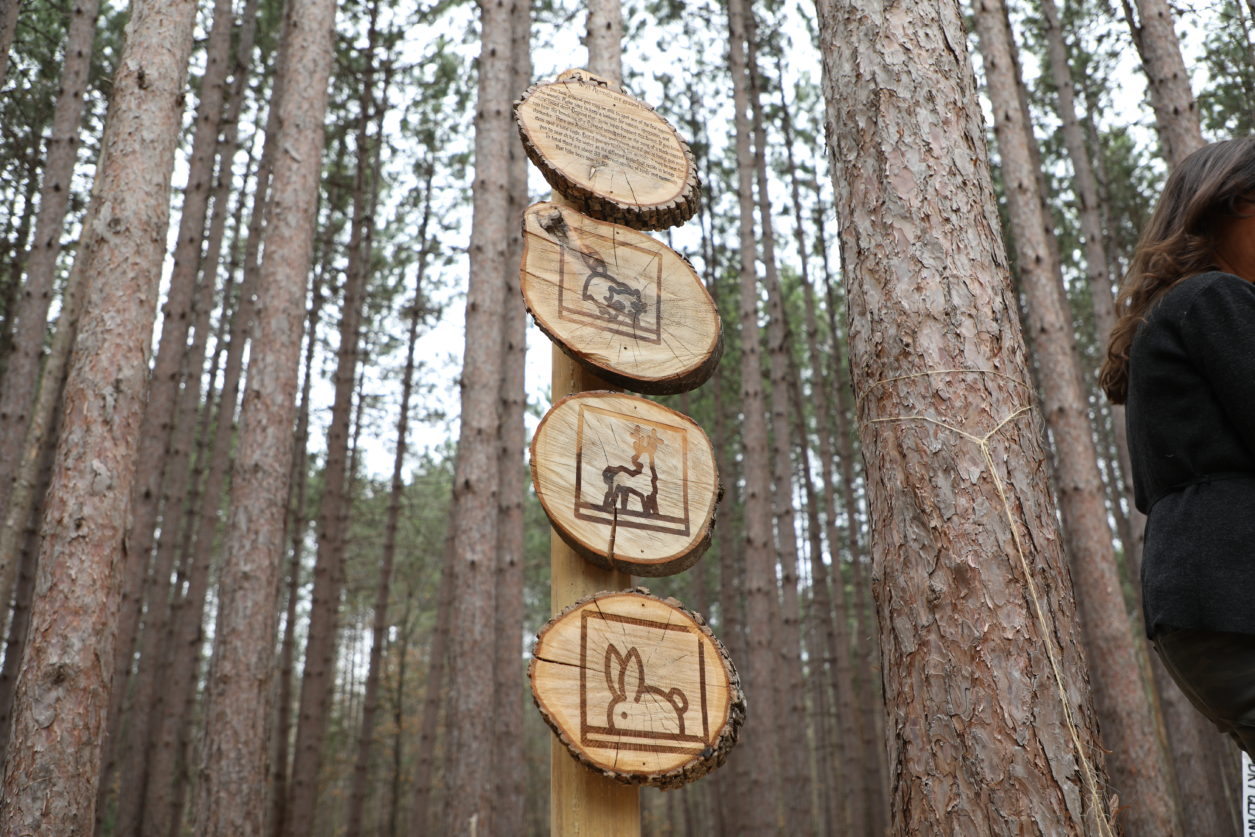
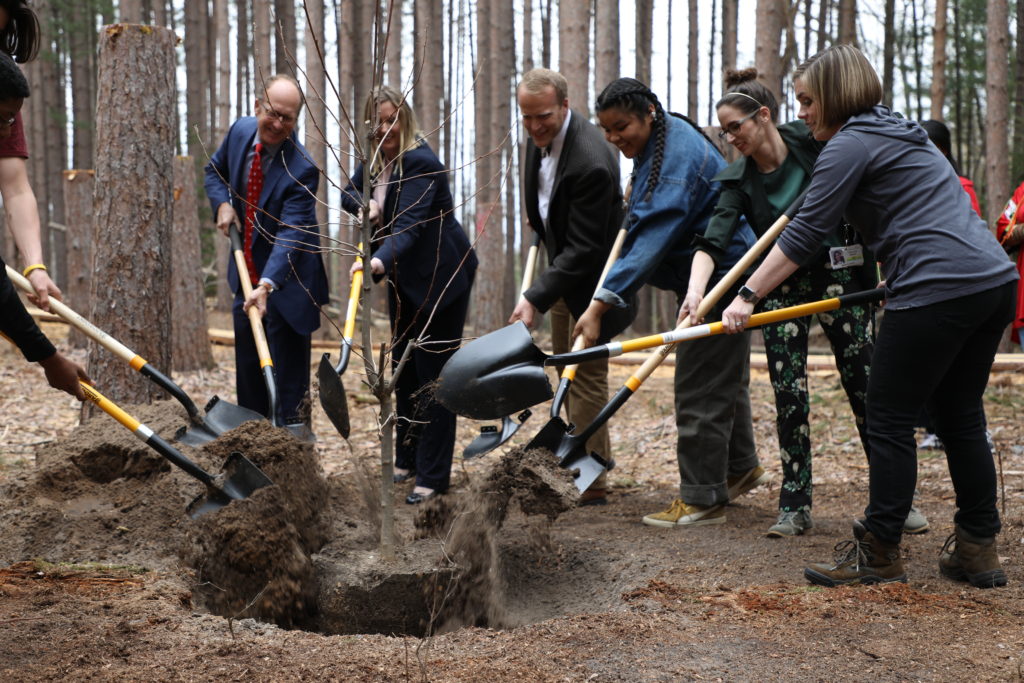
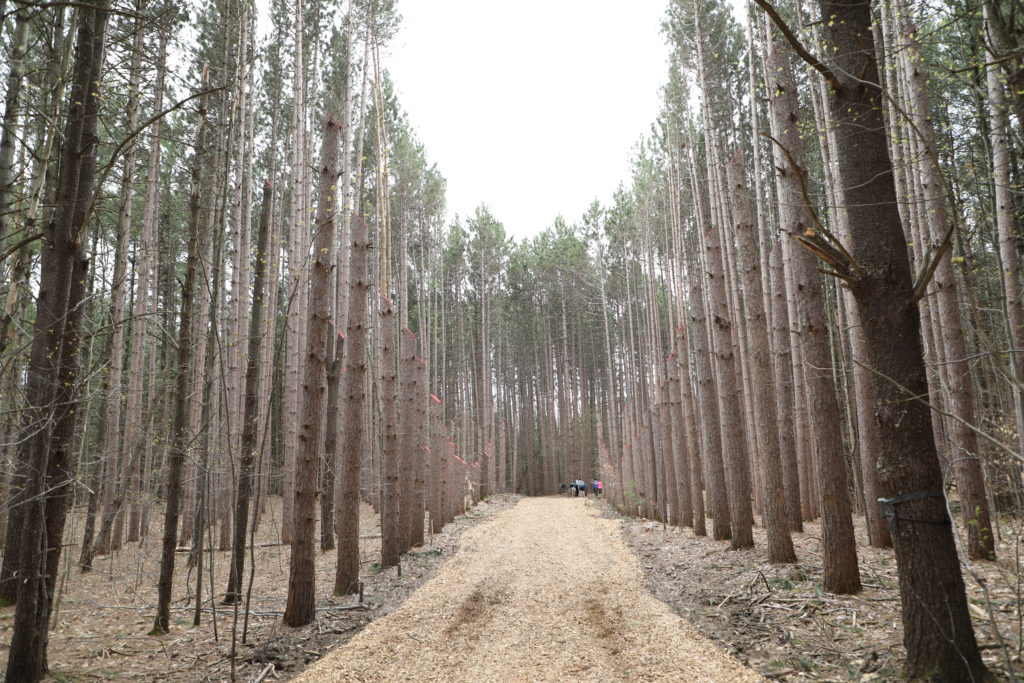
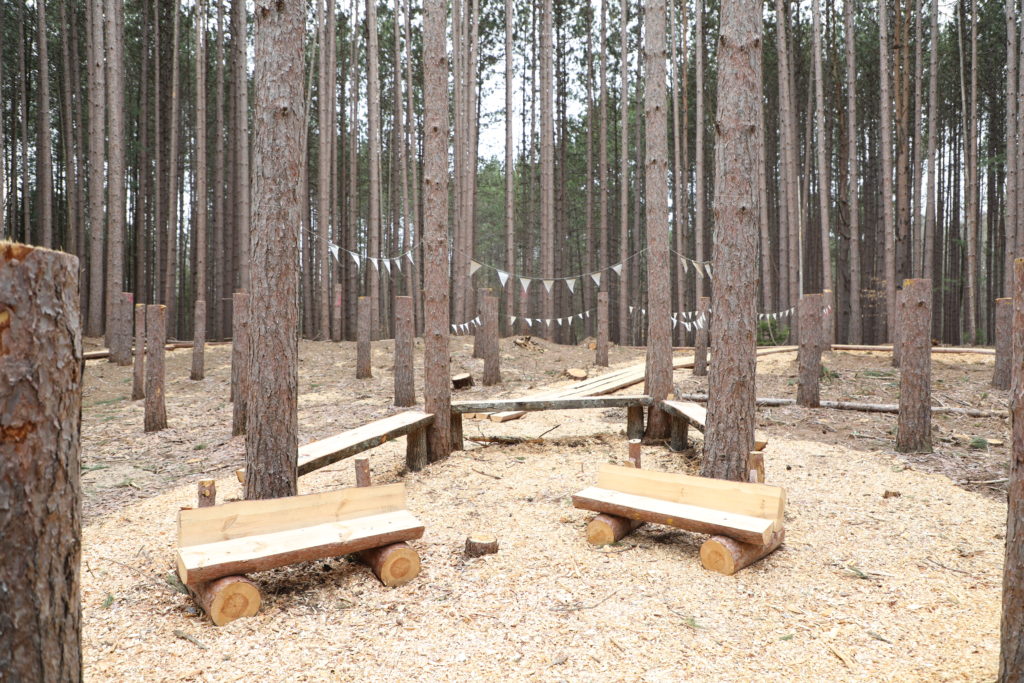
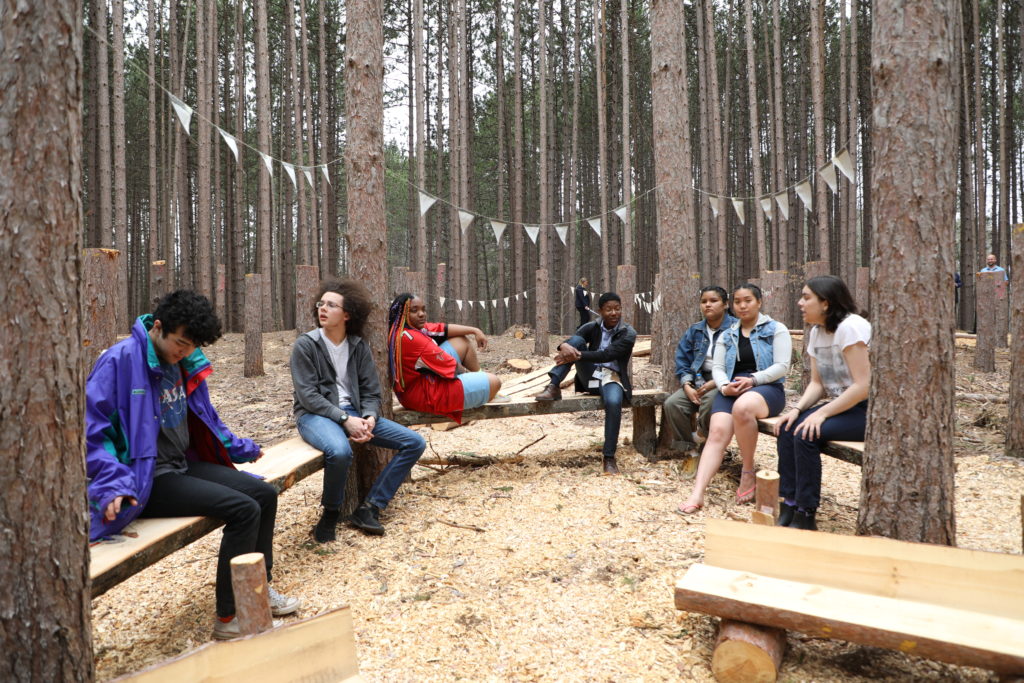
What a wonderful recap of the Interlochen/Wilsonart project. Thanks Barb for this post. You are helping a really wonderful cause.